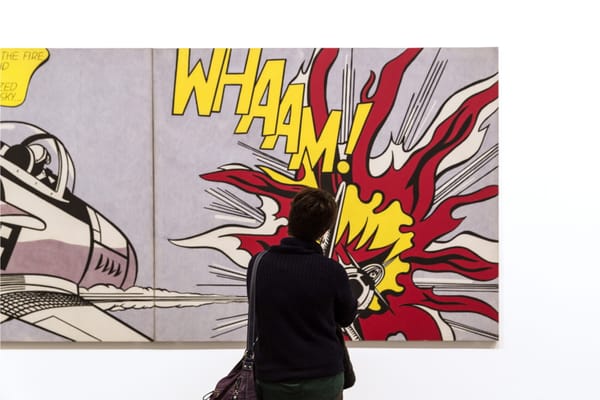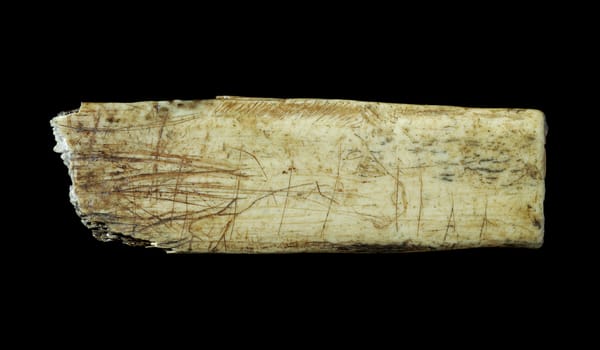Panu Syrjämäki Inside Stubb’s House: Finnish President Shows the World a Different Kind of Power
President Alexander Stubb leads by example—supporting artists, elevating art, and sending a quiet but urgent message globally.
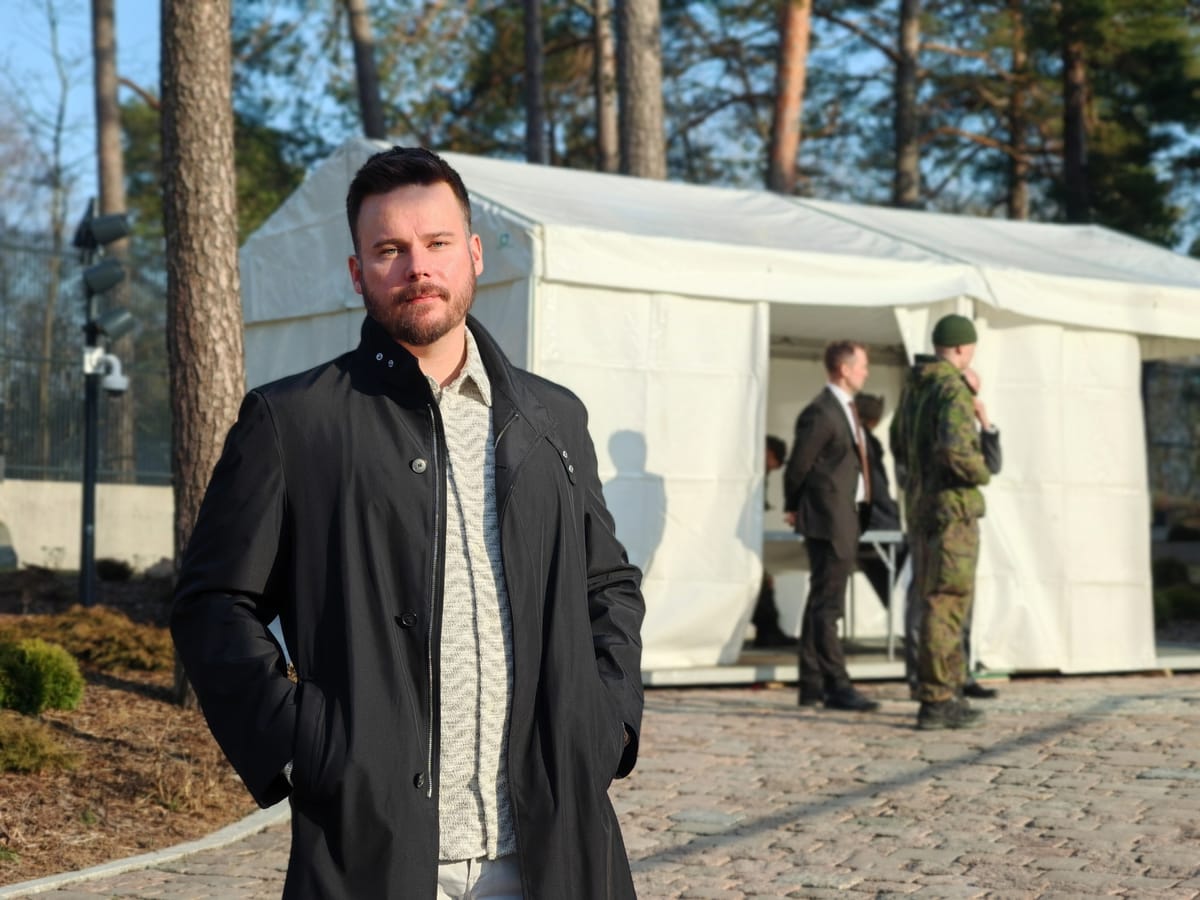
HELSINKI, MARCH 2025 — In a world where culture is often cut first, Finland’s new presidential couple is doing something radical: they’re making art central.
This weekend, President Alexander Stubb and Suzanne Innes-Stubb opened the doors of the presidential residence in Munkkiniemi—not just as a gesture of openness, but as a statement.
And inside those walls? A celebration of Finnish art that speaks louder than any political speech.
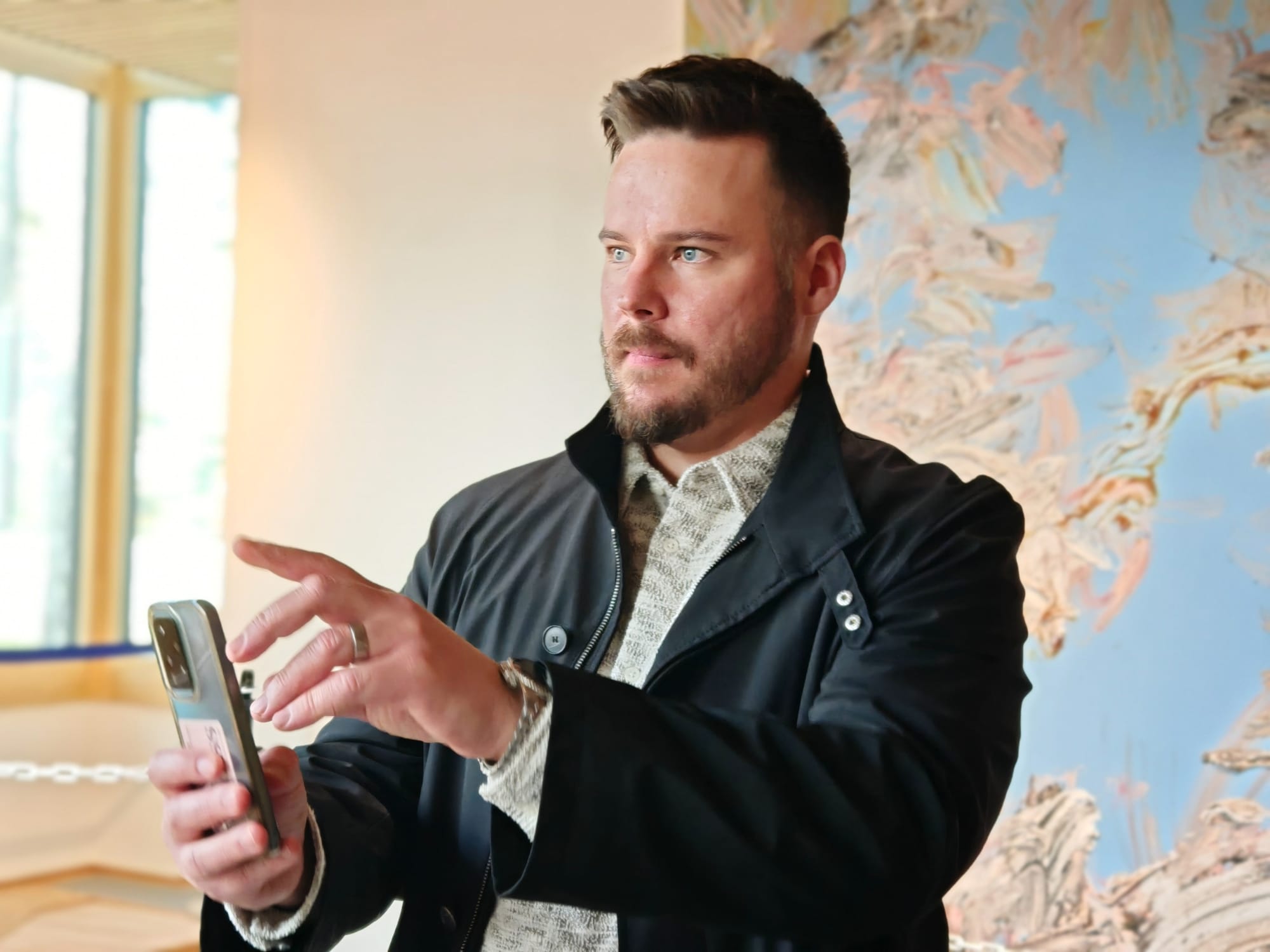
More Than A Home—A Platform for Art
The couple’s private residence now houses works by Heikki Marila, Markku Kolehmainen, Peter Frie, Rafael Wardi, Raimo Utriainen, Marika Mäkelä and others—artists who’ve shaped Finland’s cultural landscape over decades. And it’s not just about decoration. It’s about giving art a place at the center of national life.
Among the guests was Mimo Warto, a Finnish artist whose emotionally resonant, socially engaged work has been quietly building a strong international presence.
“When political leaders choose to live with art—not just support it on paper—it shifts something,” Warto told ART Walkway. “Art isn’t just personal—it’s how we understand ourselves. When leaders reflect that, it changes the whole tone of the conversation.”
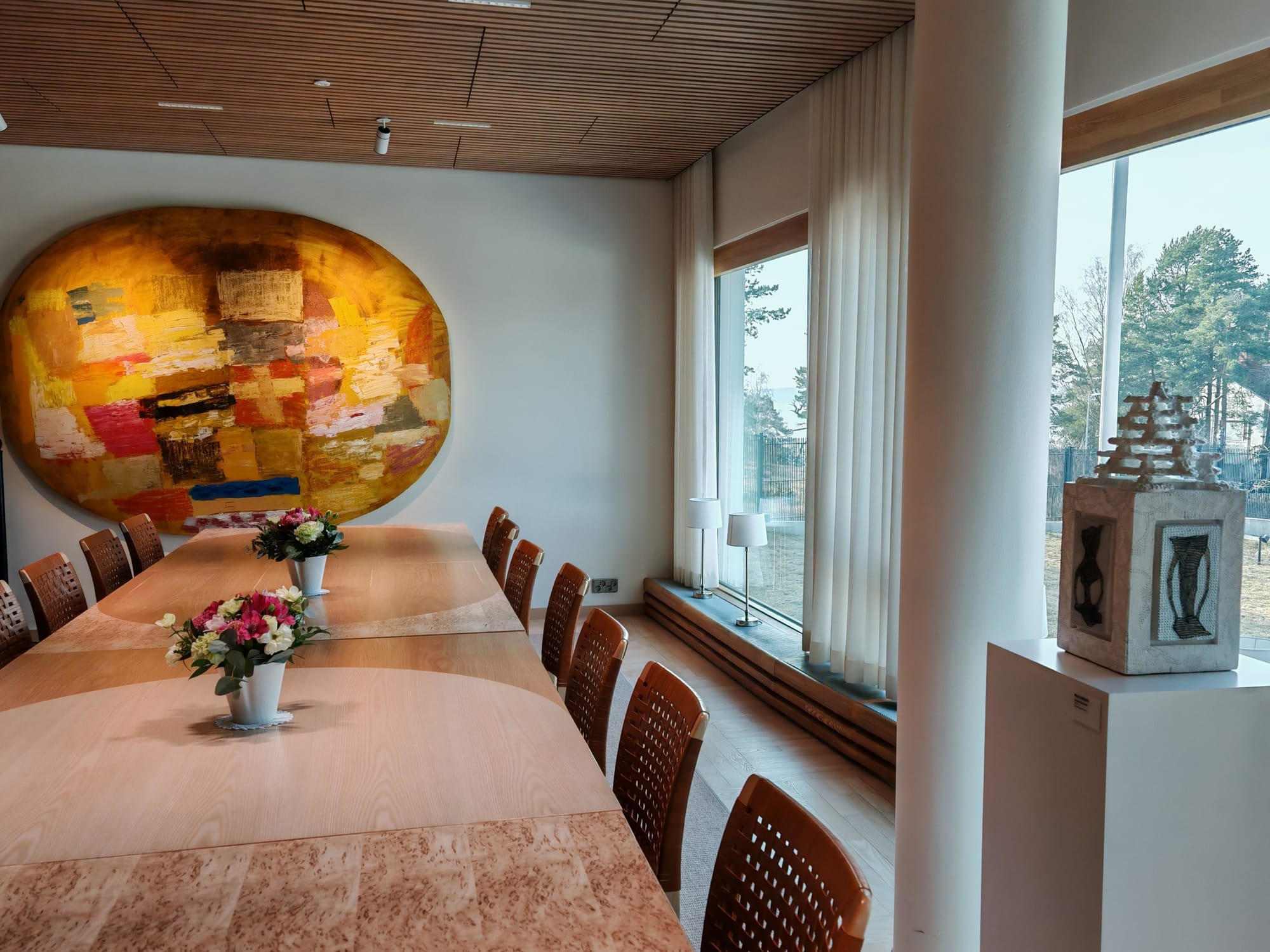
Suzanne Innes-Stubb’s Imprint
Suzanne Innes-Stubb, a known advocate for the arts, brought curatorial sensitivity to the residence’s atmosphere. The home is elegant but alive—with every room carrying visual intention. Her role isn’t ornamental. It’s integral.
What stood out wasn’t flash or avant-garde experimentation, but coherence. A clear respect for visual language. These were works with depth—by artists who, though sometimes overlooked abroad, remain vital voices at home.
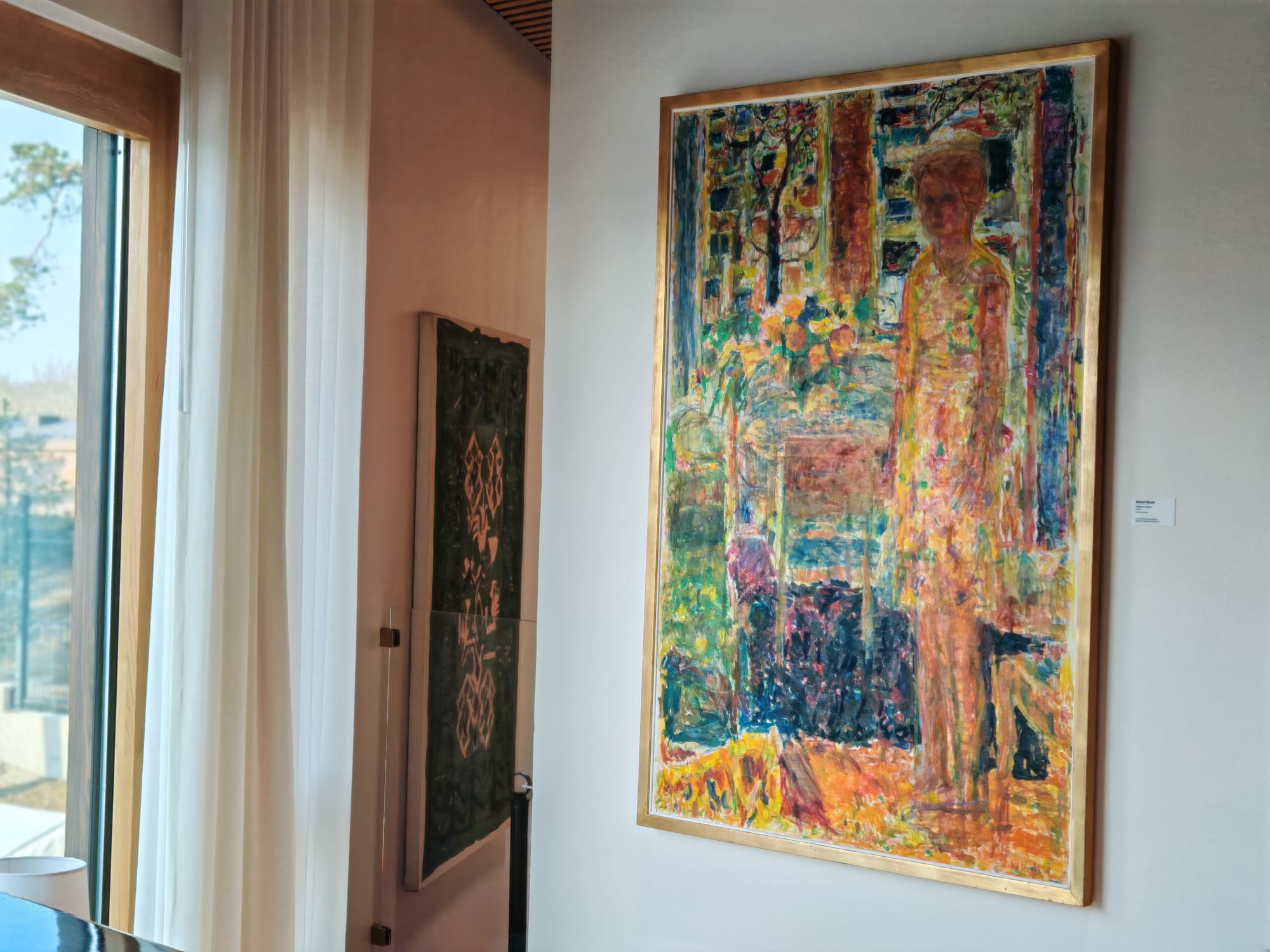
A Moment of Quiet Resonance
As light pooled across Rafael Wardi’s intimate canvas, a hush settled over the space. No explanation was offered, and none was needed. The work spoke. Its presence—like that of so many other pieces in the home—felt less like a display, and more like a conversation: open-ended, generous, unresolved in the best way.
And that may be the most radical gesture of all.
In a political moment where certainty is currency, the Stubb residence dares to hold space for ambiguity, beauty, and the emotional intelligence of art.
Where other nations might ask what art is for, Finland—quietly, confidently—is showing us.
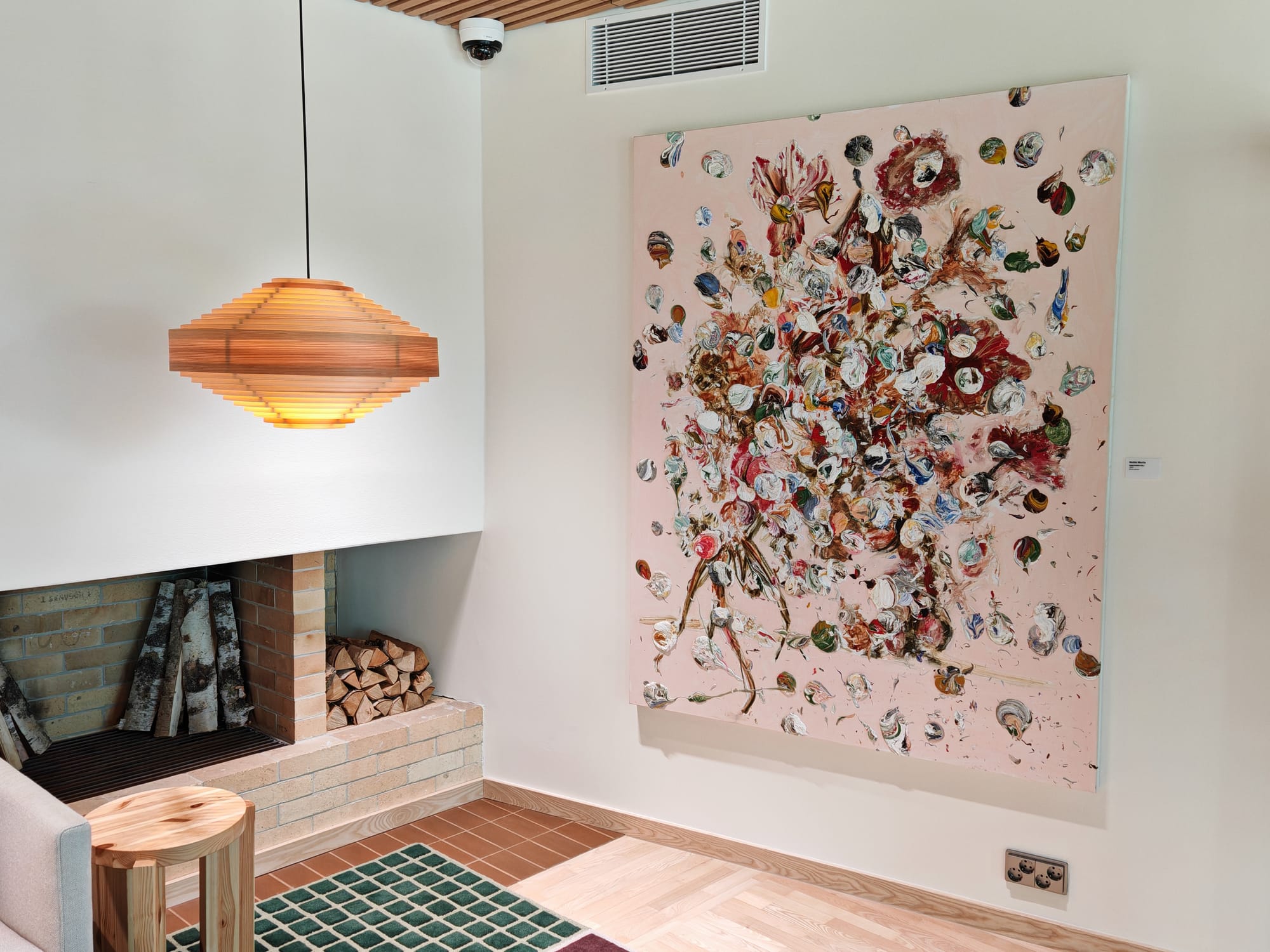
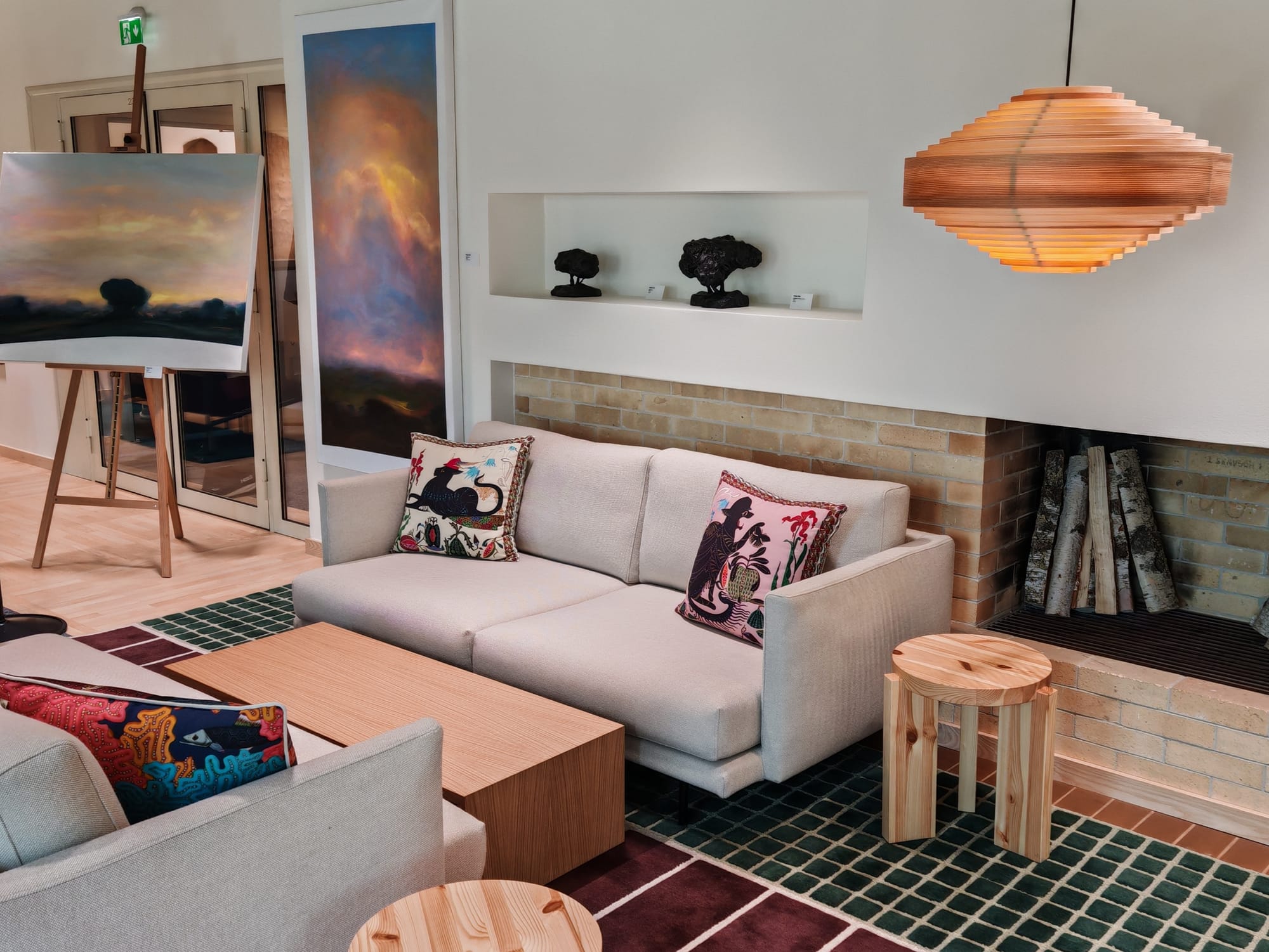
Culture as National Identity
In a time when cultural infrastructure is under threat across Europe and beyond, Finland is doing something increasingly rare: treating art not as accessory, but necessity.
Where other governments ask whether art is worth funding at all, Finland offers something more grounded—quiet continuity. A belief that culture doesn’t need to perform in order to be valuable.
This isn't a flashy PR campaign or a gallery event at the margins of political life. This is a head of state making space for art in the heart of his power.
“Finland’s presidential couple is doing something exceptional,” Syrjämäki adds. “They don’t just value art on a personal level—they’re using their position to make it visible. This is an important message to the world.”
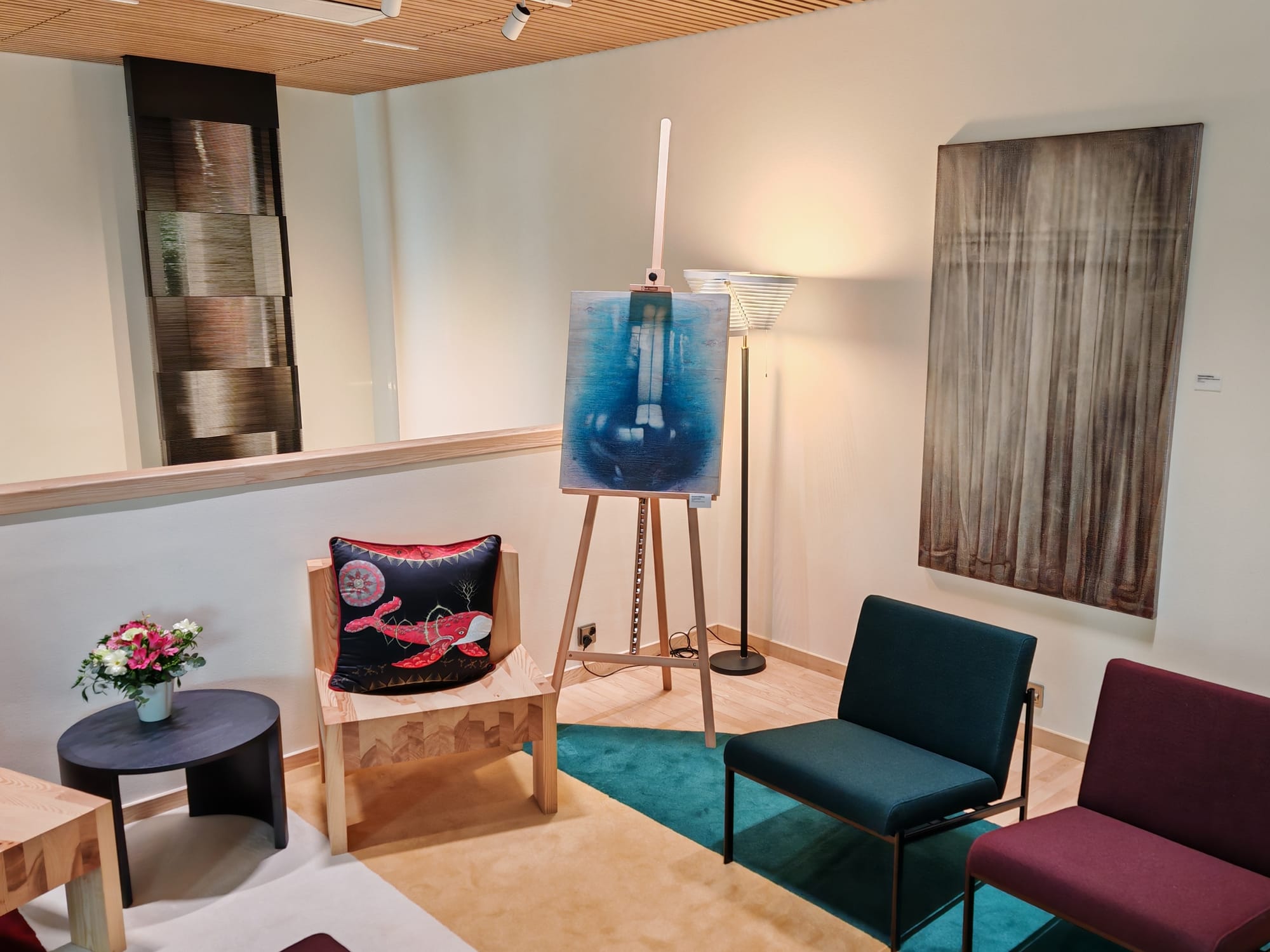
Art as Policy, Not Decoration
By integrating Finnish contemporary art into the presidential residence, the Stubb family is showing what modern leadership can look like. It's human, it’s responsible—and it’s aware that identity is shaped not only through foreign policy or economic growth, but through materials, memory, and imagination.
Mimo Warto’s presence underscored this dynamic. Her recent rise—anchored by exhibitions in Helsinki and Milan—represents the kind of resilience, emotional truth, and universal storytelling that is fast becoming Finland’s cultural export.
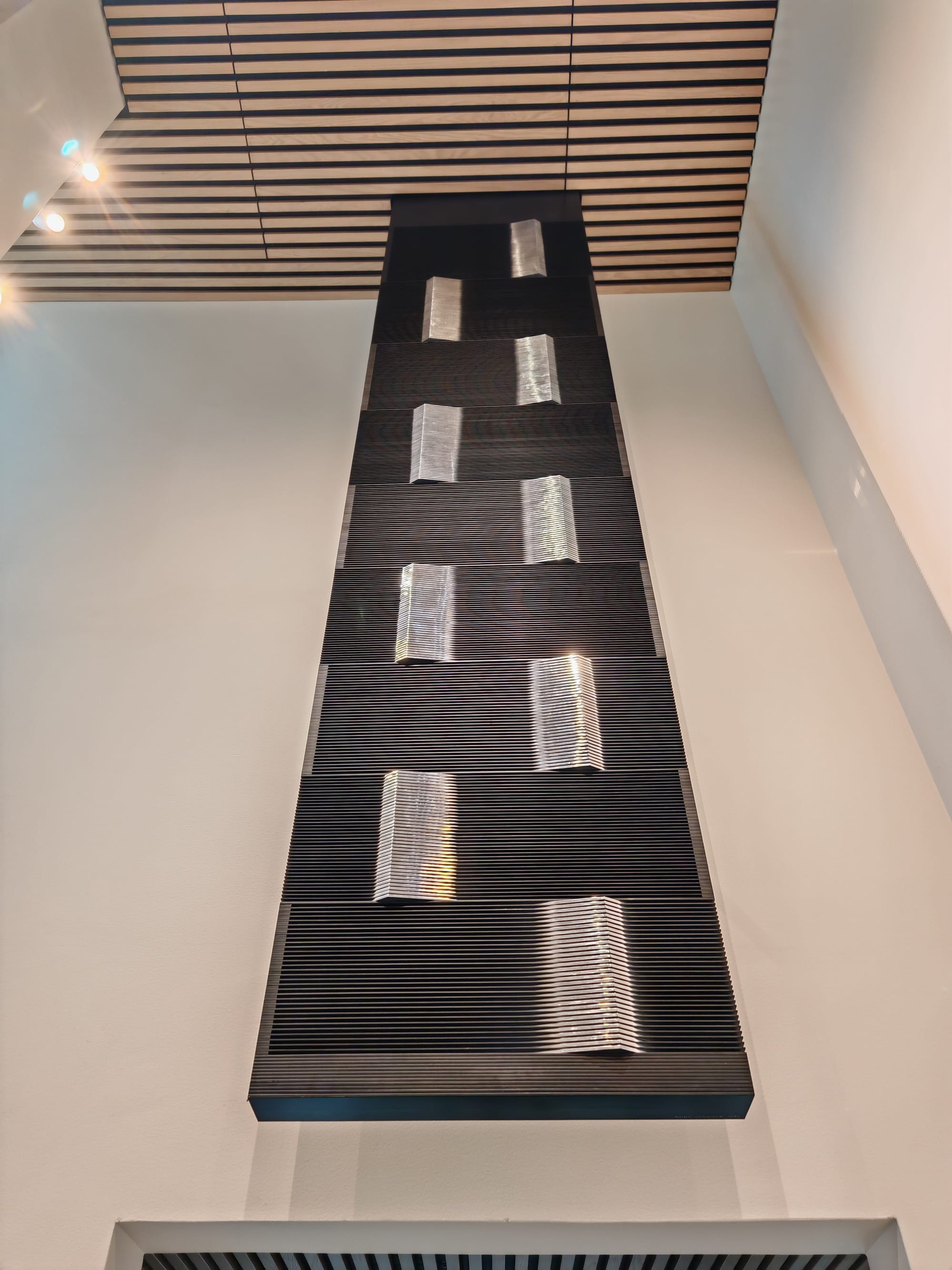
Not Just Symbolic—Strategic
If there was a surprise, it was in the tone: the whole gesture was elegant but pointed. No speeches, no slogans—just a clear articulation of values through space and visual language.
“This is the kind of gesture that deserves global attention,” Syrjämäki reflects. “Because when culture is centered quietly—but deliberately—at the highest levels of power, it’s not just symbolic. It’s strategic.”
Right now, as democracies grapple with division and culture is often pushed to the margins, Finland is offering something profoundly different: a model where art is not background—but foreground.
A presidency that understands culture not as soft power, but as sovereign power.
And in this moment, that message couldn’t be more timely—or more necessary.
ART Walkway News



